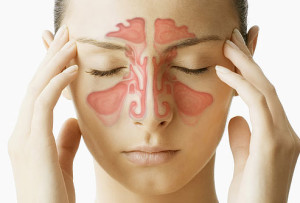Possible signs of bullying:
Changes in your child’s behavior may alert you to the fact that they are being bullied at school.
– Frightened of walking from and to school
– Doesn’t want to go on the school bus
– Unwilling to go to school
– Feel ill in the mornings
– Begin doing poorly in their school work
– Come home regularly with clothes or books destroyed
– Come home starving (bully takes their food money)
– Become withdrawn, start stammering, lose confidence
– Cry themselves to sleep/ nightmares
– Refuse to talk about what is wrong
– Become distressed and anxious
– Become aggressive and unreasonable
– Begin to bully other children or siblings
– Give unexceptable excuses for any of the above
How to help your child if he/she is being bullied:
– If you suspect bullying, ask him/her directly
– Take bullying seriously and find out the facts when told about the incident of bullying
– Don’t agree to keep the bullying a secret
– Talk with a teacher or head master if the bullying is taking place at school or on the way or from school. The school should take the issue seriously and be prepared to take positive action to stop it. Insist on knowing what the school is going to do to protect your child from bullying.
– Help children practice strategies such as walking with confidence and running away.
– Get your child to talk about his/her feelings about being bullied.
– Arrange to meet your child if the bullying is happening on the way to or from school.
– Talk to other parents and discuss ways to stop the bullying.
– Invite children over to help your child make friends.
What your child can do if he/she is being bullied:
– Tell a friend what is happening and ask them to help you.
– Tell an adult. It’s the best way to stop the bullying. No one can help you, unless the bullying is known.
– Try not to show you are upset or angry.
Bullies love to get reaction and although it is hard, show you don’t care (even if it hurts).
– DO NOT FIGHT BACK.
– Most bullies are bigger or stronger than you and if you fight back you could get hurt or be blamed for starting the trouble.
– Walk tall. If you come across confident and assertive, the bully will find it harder to target you.
– Try to avoid being alone in places where you know the bully is likely to pick on you.
– Use toilets when you know other friends or people are there. (It’s not fair but this might put the bully off).
– Keep a diary of what is happening and how it made you feel. When you decide to tell an adult, this will prove what has been going on and for how long.
Note: You are not alone and although bullying is a horrible experience for anyone, just remember that it is a known fact that people who’s experienced bullying, agreed that they came out stronger and more confident..
• Julie Retief




